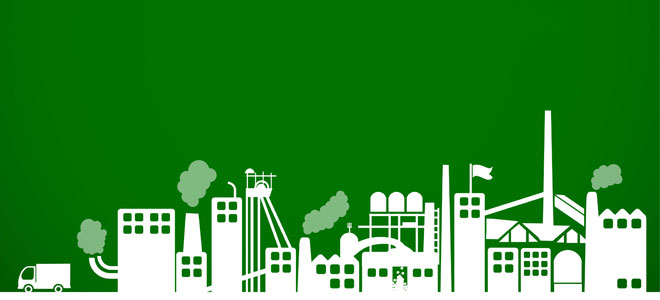It’s been a troubling year for weather-related incidents in Canada. In the most destructive wildfire season on record, lethal blazes continue to tear through parts of the country, with expectations that they’ll be followed by deluges this fall. Meanwhile, tornadoes are damaging homes and causing power outages in other regions. Sadly, this is our new normal, as climate change makes extreme weather much more frequent and severe.
Thankfully, these episodes have not gone unnoticed by the persons and institutions most capable of changing course for Canada. The government in Ottawa has set its sights on net zero emissions by 2050, in-line with the goals espoused in the 2015 Paris Agreement. But among the more encouraging components of Canada’s agenda are its plans for the built environment, inclusive of a $1.5 billion program to renovate, retrofit, and otherwise transform Canada’s public community buildings. It’s the thesis of the policy that’s especially noteworthy. Canada is allocating public funds toward both the mitigation of buildings’ carbon emissions, as well as their resilience toward the adverse effects of climate change. For the private sector, I’d recommend the building developers, owners, and managers of Canada’s commercial real estate sector take similar action with retrofits of their own.
To state the obvious, retrofits to buildings are urgent to protect the people inside them in the face of relentless extreme weather. Weather-proofing existing buildings and infrastructure includes the methods we’re all familiar with: air seals, weatherstripping windows and doors, and improving insulation. It also includes a myriad of new and emerging technologies like nanotechnology for waterproofing, damage-proof smart windows with temperature control, and even external tools like electric vehicles serving as backup generators for buildings. All of these tools, and hundreds of others available, can be incorporated into existing structures.
Of course, existing buildings shouldn’t just be adopted to withstand climate change, but to mitigate it in the first place. Buildings are massive levers for eliminating a bulk of society’s GHG damage, with real estate accounting for 40 per cent of emissions. Energy-efficient lighting, heating, cooling, and water management systems reduce a building’s pollution and save costs for owners and operators. The timing also couldn’t be better to upgrade assets for energy efficiency, with shared office spaces undergoing major changes post-pandemic. The updates don’t have to be drastic. In homes and multi-family buildings, even simple tools like smart thermostats make a big difference; demand response can collectively offset entire power plants. Even bike racks or electric vehicle chargers outside commercial buildings encourage clean transportation.
Of course, the ultimate retrofit makes an existing building not only net zero, but what I like to call, “beyond zero” storing carbon and producing excess clean energy. While existing buildings can’t store carbon through cement the way new buildings can, well-designed and placed greenery on large buildings serves as a natural, albeit small-scale, carbon capture solution. Onsite renewable generation like solar and storage are also viable options for retrofits. Solar panels and battery storage are an obvious option to start transforming buildings into power stations. Water recycling systems are also a viable option. Most existing retrofits aren’t quite beyond zero yet, but we’re getting closer.
The truth is, we have no time to waste updating our existing buildings to adapt to the new challenges we face in the age of climate change, especially as buildings played no small role in getting us into this mess. Before starting from scratch with new structures (and the massive emissions construction produces), upgrades and retrofits should always be considered to protect buildings, the people inside them, and the world around them.
Mahesh Ramanujam is president and CEO of The Global Network for Zero and former CEO and president of the U.S. Green Building Council.










